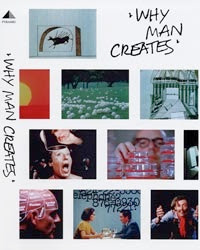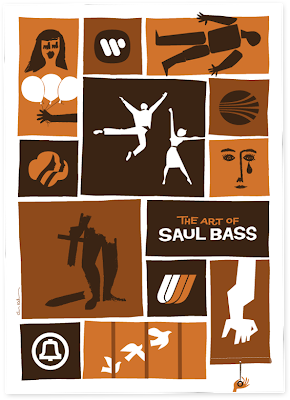Oddball Films Media
•
Dec 23, 2012
Image
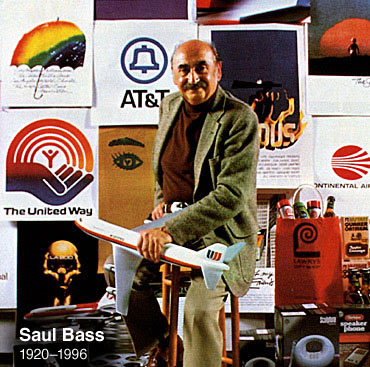
Date: Thursday, December 27th, 2012 at 8:00pm
Venue: Oddball Films, 275 Capp Street San Francisco
Admission: $10.00 Limited Seating RSVP to programming@oddballfilm.comor (415) 558-8117
“I wanna make beautiful things, even if nobody cares.”
- Saul Bass
Featuring:
Why Man Creates (Color, 1969)
This inquiry into and celebration of the creative impulse was directed by Bass and won the Academy Award for Best Short Documentary Film in 1969. Part informational essay, part creative explosion, it examines human creativity in its many varieties: from practical scientific applications to creativity for the sake of expression. A series of explorations, episodes and comments on creativity, this film is one of the most highly regarded short films ever produced. Humor, satire, and irony are combined with serious questions about the creative process and how it comes into play for different individuals. A fascinating cornucopia of trenchant ideas and important truths, it’s transgressive and insightful, way-out and weird.
Bass on Titles (Color, 1977)
The work of Academy Award winner Saul Bass covers the full range of the design spectrum, from feature film titles, corporate logos and product design to making his own films about perception and creativity. In this film Bass talks about the evolution of the thematic title sequences that open and close many of the great productions of cinema. The design of these symbols involves the search for an elusive visual statement which instantaneously communicates the film’s intent while generating public interest. Title sequences included are “Man With the Golden Arm”, “West Side Story”, “Nine Hours to Rama”, “It’s a Mad, Mad, Mad, Mad World”, “A Walk on the Wild Side” and more.
About Saul Bass:
Saul Bass collaborated with the likes of Alfred Hitchcock, Stanley Kubrick, Martin Scorsese, Otto Preminger, and John Frankenheimer, creating an astonishing body of iconic title sequences. Among the most celebrated are those for Vertigo, Psycho, North by Northwest, Seconds, Man with a Golden Arm, Anatomy of a Murder, Bunny Lake is Missing, Casino, Goodfellas, The Age of Innocence, Spartacus (though even this list constitutes less than a fourth of the total number of his titles). Bass’s sequences realized the potential of the medium, transforming title sequences from obligatory lists of personnel into portholes that suck the viewer into the atmosphere of the film, announcing its style, mood, and often its themes, too. These sequences didn’t merely supplement the films they served, they enhanced them, are essential components of them.
Image
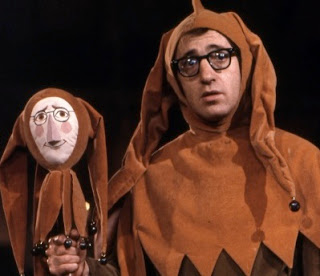
A filmmaker who requires no introduction, Woody Allen has directed nearly 50 films, popping them out at an astonishing rate, with stubborn consistency, and somehow continuing to remain relevant. Since Woody’s next film celebrates our city, we’ll return the favor by screening this absorbing interview and overview of his early career. Woody walks us through his days as a fledgling comedic writer, whose frustrations working on What’s New Pussycatspurred him on to producing his own films. The writer/actor/director discusses his writing process, comic influences, interest in jazz and athletics, his self-proclaimed “anti-intellectual” ethos, and his work on beloved films such as Take the Money and Run, Sleepers, Annie Hall, and Love and Death.
Image
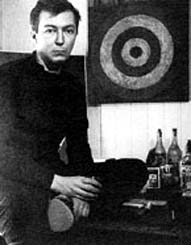
This fascinating film is as lyrical as it is informational. Johns generously discusses his philosophical approach to painting, collage, and lithography, and is impressively unpretentious in so doing. He discusses the liberating discovery of using extremely familiar references (e.g. the American flag) as foundations for pieces, and his ambivalence when a piece is completed. The film feels like spending an afternoon with a friend. A perfect supplement to the current MOMA exhibition.
Curator’s Biography:
Landon Bates is a UC Berkeley graduate, has worked on several documentary film projects, is the drummer for the duo Disappearing People, and is a cinephile whose devotion to movies knows no bounds.



